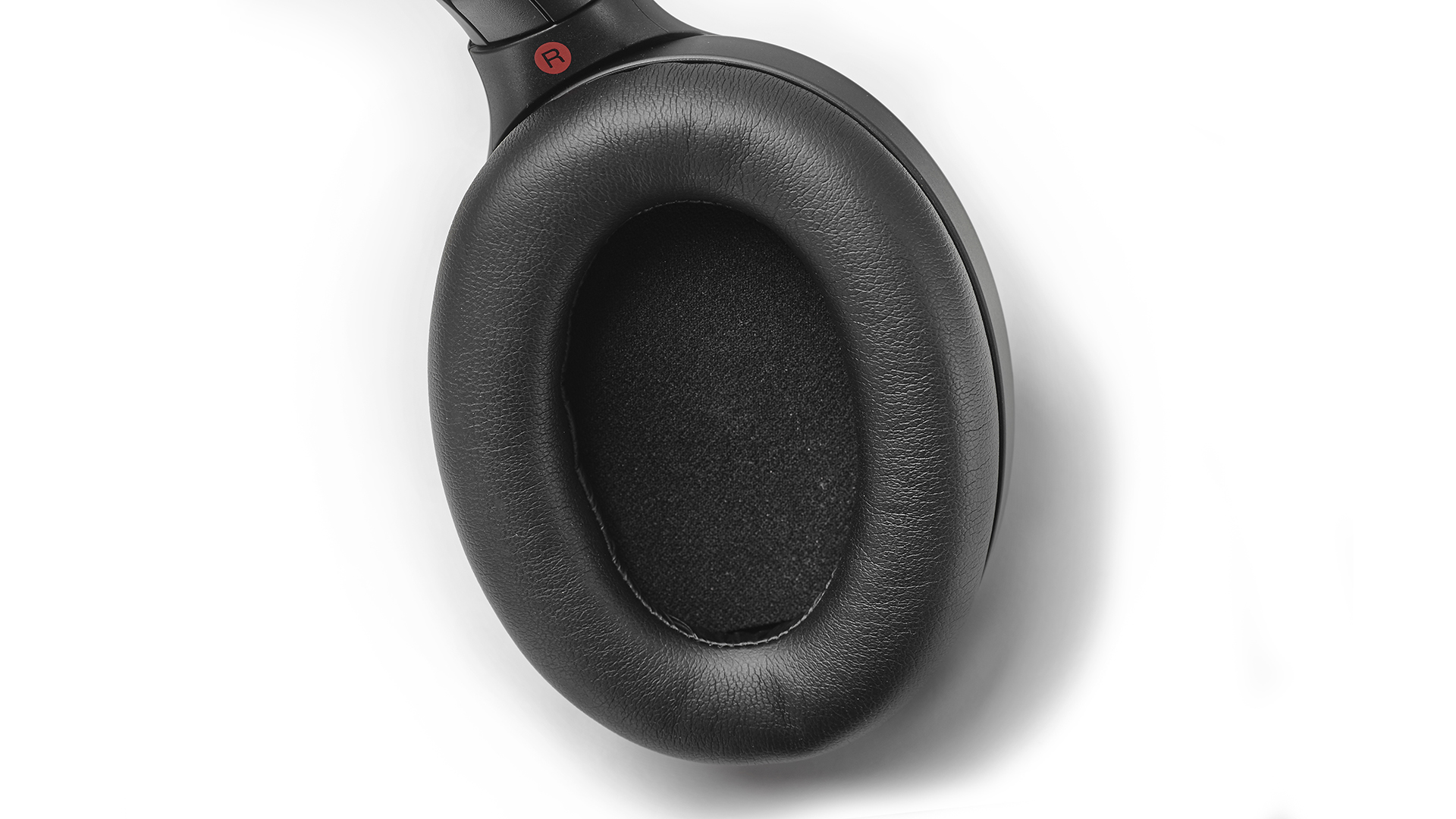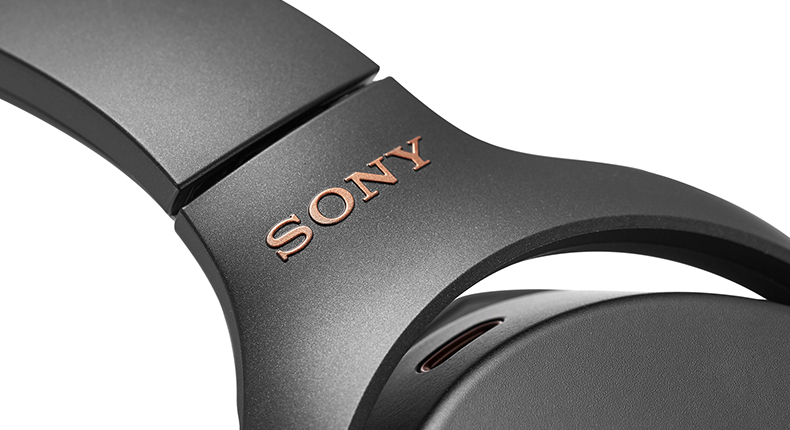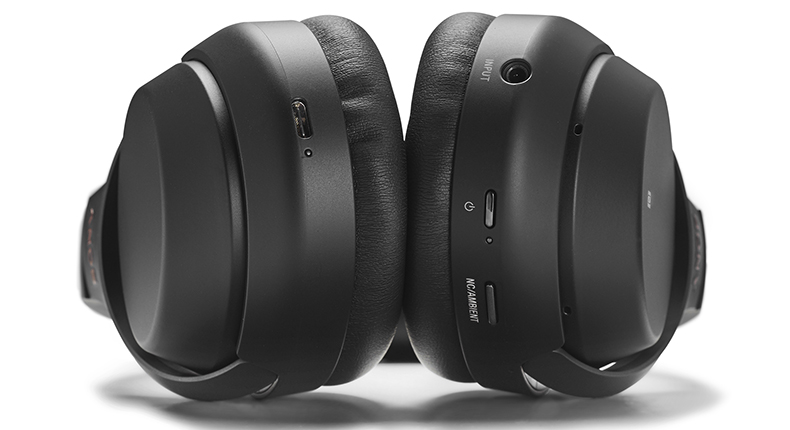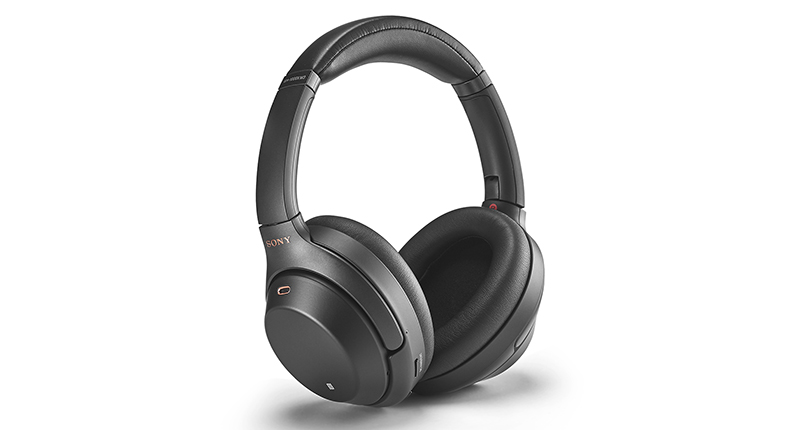What Hi-Fi? Verdict
Jack of all trades and master of all; the Sony WH-1000XM3 headphones are a superb all-round package
Pros
- +
Natural, all-round sound quality
- +
Excellent noise-cancelling
- +
Supremely comfortable
Cons
- -
Will expose poor recordings
- -
Touch controls feel fiddly at first
Why you can trust What Hi-Fi?
The Sony WH-1000XM3 headphones have now been replaced by the XM4. The XM3 are still available, still excellent and have been heavily discounted, so keep reading if they appeal. Alternatively, here's our Sony WH-1000XM4 review.
Given the Sony WH-1000XM3 over-ears are among the best wireless headphones we've ever heard, it’s hard to imagine that pre-summer 2016, Sony didn’t have a premium pair of wireless, noise-cancelling headphones in its arsenal. Then out of nowhere, the WH-1000X pair appeared, challenged noise-cancelling supremo Bose, and ran off with one of our coveted Awards.
A year later, a second-generation model, the WH-1000XM2 brought with it tweaks that solidified Sony’s new-found noise-cancelling reputation. But increased competition, notably from the Bowers & Wilkins PX, meant it didn’t pick up an Award.
But even when that second-gen model was released, their successor was already in development. The lengthy gestation period of the Sony WH-1000XM3 headphones is the result of a move to analogue amplification, resulting in a significantly improved audio performance over their predecessors, according to Sony.
Build & comfort

At first glance, the design of the XM3s is similar to that of the XM2s, but the differences are almost entirely positive. Our only minor complaint is that the move from metal to plastic in the headband makes the new pair look slightly less premium than the outgoing model.
But that also contributes to an overall weight saving of 20g over last year’s pair. Combined with a new, thicker, softer cushion, it feels as though there’s almost no weight resting on the top of your head. With wider earpads that surround the ear, these are one of the most comfortable pairs of on-ears we’ve tested.
Meanwhile, the XM3s look less awkward too, thanks to the headband leaving less of a gap to your head. It’s a straighter, less balloon-like appearance.
The latest hi-fi, home cinema and tech news, reviews, buying advice and deals, direct to your inbox.
Voice control

The finishes have changed slightly, too. The black pair gains copper highlights that we’re rather fond of, while last year’s Champagne Gold finish has been replaced by Platinum Silver with brass highlights.
The mottled texture on the earcups of last year’s model has also gone, replaced by a smooth, matte surface. The right earcup features a touch-sensitive panel rather than physical buttons. Double-tap the cup for play/pause or to answer a call, swipe up or down to change volume, and forward or back to skip tracks.
Hold your hand over the cup to activate the ‘Quick Attention’ mode, which reduces your music to a whisper and lets in outside noise. It’s useful if someone is talking to you, but we’re not sure that holding your hand to your ear and leaving your headphones on is the universal sign for ‘you have my full attention’.
This gesture also allows you to communicate with your chosen voice assistant: Siri is available if you’re connected to an iPhone, and Google Assistant is on its way via a firmware update scheduled for later this year. Amazon Alexa support is still to be confirmed.
The general touch controls are pretty accurate, but they do take some getting used to. That first day or two of listening you’ll likely change volume a few times when you’re attempting to skip tracks.
Features

Sony has improved the quality and increased the quantity of microphones used for voice calls, so whoever you’re talking to should hear you more clearly. But if you’re more concerned with keeping the outside world at bay, Sony has also improved its already superb noise-cancelling. You can now set the function to be permanently on, even when not playing anything, meaning that you can use the noise-cancelling to quieten everything down for a peaceful nap.
Frequent flyers may also want to take advantage of the returning Atmospheric Pressure Optimiser, which tweaks the frequency response and microphone sensitivity of the headphones for improved performance at high altitude. Just remember to run the Optimiser again when you’re back on terra firma.
Further controls and customisation options are available via the Headphones Connect app, available for Android and iOS. The options contained within aren’t terribly useful, but if you want to tweak how much noise-cancelling is deployed for certain activities, or disable the auto-off feature, this is where you need to do it.
Far more useful is a quick charging battery. The XM3s go from empty to full in three hours (rather four hours for the XM2s), while a ten minute charge gives you five hours of use (rather than 70mins) – stats no doubt helped by the move from Micro USB to USB-C. Overall battery life remains unchanged at 30 hours.
But the really big deal for these Sony headphones is the move to analogue amplification. Sony has worked tirelessly to produce a chip that combines noise-cancelling, a DAC and an analogue amplifier in a form small and light enough for a pair of headphones. With the QN1 chip contained in the WH-1000XM3s, it has managed the feat.
Sound

All that effort has paid off, because the Sony WH-1000XM3 headphones offer a clear sonic upgrade over the preceding pair, to the extent that the M2s, which we loved at the time, sound closed-in and almost dull by comparison.
This is an open, spacious sound that gives every instrument, effect and vocal room to breathe. There has been no loss in terms of directness, either – vocals are still focused and direct, but the instruments around them are delivered in a way that makes it feel as if you’re in the room with the band.
Combine that spaciousness with greater detail and enhanced dynamic subtlety and raw, analogue recordings such as The Road by Nick Cave and Warren Ellis are fabulously emotive and engaging, the varying pressure of the piano key presses clearly, mournfully delivered, and a real sense of sorrow conveyed as the strings are introduced and gradually build to the track’s heartbreaking peak.
Tonally, there’s a generous extra helping of lovely, deep bass, which helps the WH-1000XM3s produce a satisfying rendition of SBTRKT’s throbbing Trials Of The Past. But this extra bass never threatens to unbalance the presentation – instead it simply reinforces the overall delivery, adding weight and richness in a pleasant, natural and, dare we say it, analogue way.
Noise cancelling

Essentially, there’s nothing to complain about here. The clarity and detail offered means that a recording’s sonic flaws can become exposed, but that’s hardly the Sonys’ fault. The generally crisp, sparkly treble is ample compensation as far as we’re concerned.
Sony has further improved its noise-cancelling tech, which was already superior to the majority of rivals when the M2s launched. Sony says it has been improved right across the frequency range, but that the biggest gains are in the mid-to-high area.
They are markedly better at blocking out the general hubbub of a busy office, which is one of the trickiest feats to pull off. Constant, consistent sounds, such as a plane’s engine, are the bread and butter of a pair of noise-cancellers, and the M3s are an improvement here, too.
In short, these Sony’s block out more of the outside world than any rival, and replace that noise with some of the best audio quality available at this price.
Verdict
Add all of the ingredients together – the increased comfort, improved noise-cancelling and serious audio ability – and you have a close to perfect pair of noise-cancelling headphones.
Of course, Sony has now replaced the WH-1000XM3s with the WH-1000XM4s and – spoiler alert – they're even better. The XM3s are therefore now the second-best pair of noise-cancelling headphones you can buy but, thanks to some heavy discounting, they're still an excellent buy while you can still get them.
MORE:
B&W PX7 vs Sony WH-1000XM3: which is better?
What Hi-Fi?, founded in 1976, is the world's leading independent guide to buying and owning hi-fi and home entertainment products. Our comprehensive tests help you buy the very best for your money, with our advice sections giving you step-by-step information on how to get even more from your music and movies. Everything is tested by our dedicated team of in-house reviewers in our custom-built test rooms in London, Reading and Bath. Our coveted five-star rating and Awards are recognised all over the world as the ultimate seal of approval, so you can buy with absolute confidence.


